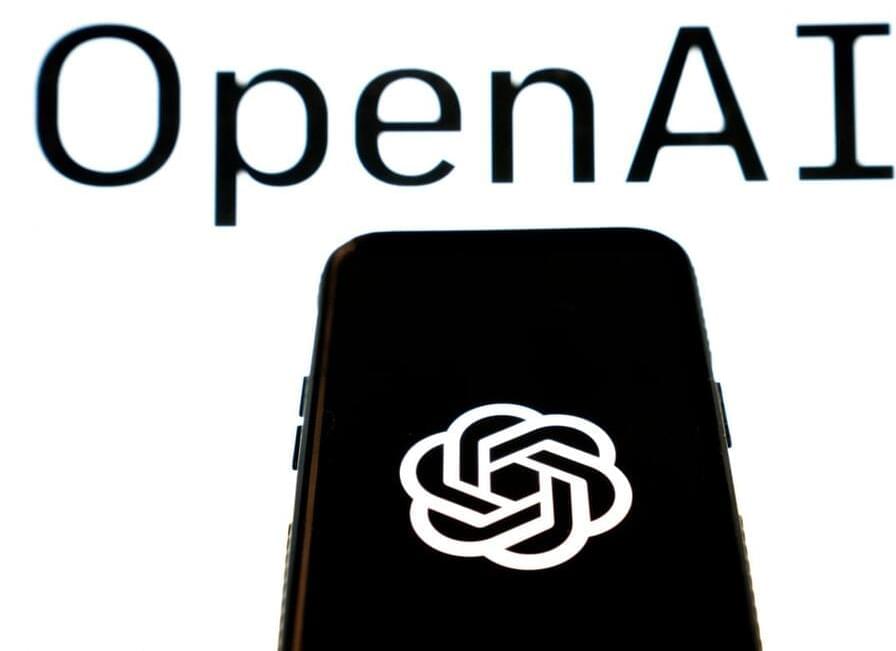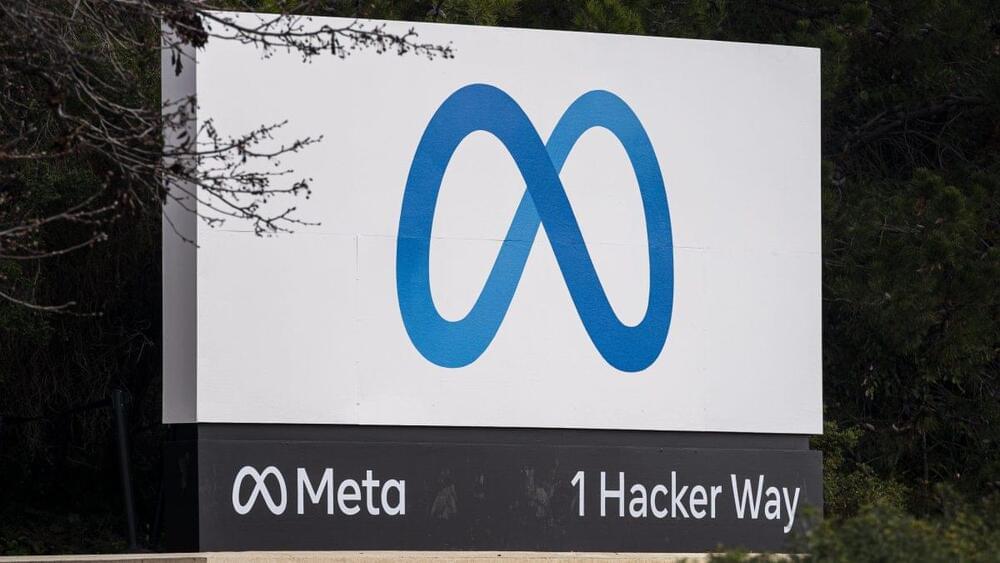This device is a pulse magneto-fusion power system whose successors could produce electricity from the first commercial fusion reactor as early as 2028.
Creating a continuously controlled fusion reaction and not a thermonuclear bomb requires a confined environment where high densities and high temperatures can turn hydrogen gas into plasma. The luxury the Sun enjoys as a big ball of hydrogen comes from its enormous size and immense gravitational forces which serve to confine the ongoing nuclear fusion within it. But here on Earth, we need powerful magnets to replace the gravity confinement that the Sun provides. And it was thought until recently that our confinement efforts to create dense plasma faced a speed limit barrier that caused the field to break. We now know that what was called the Greenwald Limit no longer exists after experiments done at École Polytechnique Fédérale de Lausanne (EPFL) in Switzerland. So now the conditions to generate positive energy yields from controlled fusion means we are getting close to the first fusion reactors.
Enter Helion Energy and Pulse Fusion
Helion Energy is joining the lineup of companies and organizations bellying up to the fusion bar, backed by Open AI’s founder, Sam Altman and Microsoft. The latter has contracted Helion to provide power to the technology giant by 2028.






